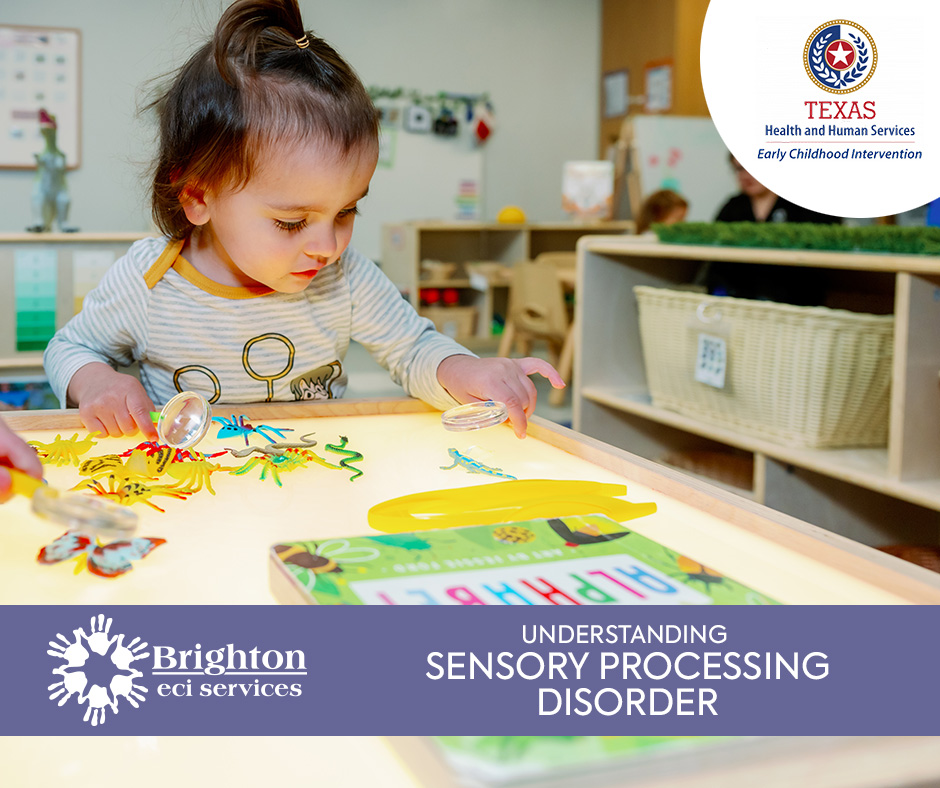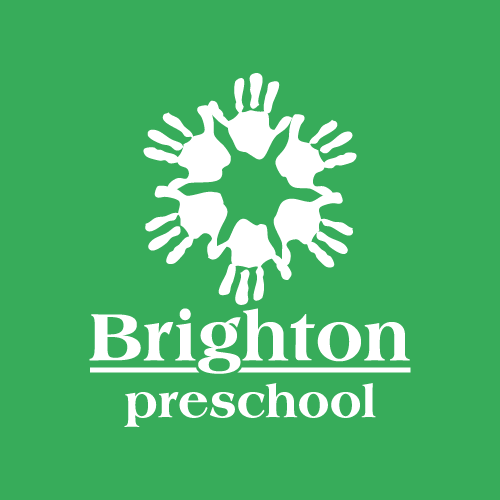AJ was a fussy baby. None of the calming techniques her mom used on her older siblings worked. As a toddler, dressing her became another exhausting task. She threw tantrums when made to wear socks and screamed when her curly hair was brushed. As she became more verbal, she was able to communicate what was making her uncomfortable, but if her parents had recognized the signs of sensory processing disorder (SPD) sooner, a lot of the difficulties of those early years could have been better managed.
 Sensory processing disorder (SPD) is when the brain has difficulty receiving and responding to information that comes in through the senses. It can affect one sense, like touch, or multiple senses. For children with SPD, sensory information may be perceived as overwhelming, underwhelming, or confusing.
Sensory processing disorder (SPD) is when the brain has difficulty receiving and responding to information that comes in through the senses. It can affect one sense, like touch, or multiple senses. For children with SPD, sensory information may be perceived as overwhelming, underwhelming, or confusing.
It’s important to note that all children (and adults) can have occasional difficulties with sensory processing. However, for children with SPD, these challenges are chronic and can significantly impact daily life, including learning, social interactions, and emotional well-being.
Types of Sensory Processing Difficulties
It’s helpful to know that there are eight sensory systems (even though we normally just talk about the five senses). Children with sensory processing disorder may have difficulties in one or more sensory systems.
Sensory processing difficulties generally fall into three categories:
- Sensory Over-Responsivity: The child is overly sensitive to sensory stimuli. They may react strongly to sounds, textures, tastes, or visual input that others barely notice.
- Sensory Under-Responsivity: The child may seem unaware of or slow to respond to sensory input that others easily notice.
- Sensory Seeking: The child craves sensory experiences and may engage in behaviors to get more sensory input.
Signs and Symptoms of Sensory Processing Disorder in Young Children
Sensory processing disorder (SPD) can manifest in various ways, and symptoms differ from child to child. Here are some common signs to look for:
Tactile (Touch) Sensitivities:
- Dislikes certain textures in clothing or food
- Becomes upset during grooming activities (hair brushing, nail cutting)
- Avoids getting hands messy or touching certain textures
- Reacts strongly to light touch or unexpected physical contact
Auditory (Sound) Sensitivities:
- Covers ears in response to everyday sounds
- Becomes easily distracted or upset by background noises
- Has trouble following verbal instructions
- Speaks in an unusually loud or soft voice
Visual Sensitivities:
- Is easily distracted by visual stimuli
- Has difficulty with bright or flickering lights
- Avoids eye contact
- Has trouble finding objects in a busy visual field
Vestibular (Balance) Issues:
- Avoids playground equipment or physical activities
- Gets motion sickness easily
- Seems fearful of heights or being tilted backward
- Seeks out spinning or swinging activities excessively
Proprioceptive (Body Awareness) Difficulties:
- Uses too much or too little force when handling objects
- Seeks out deep pressure (tight hugs, heavy blankets)
- Bumps into things frequently
- Has difficulty with fine motor tasks
Oral Sensitivities:
- Is a picky eater, especially regarding textures
- Gags easily
- Chews on non-food items frequently
- Avoids toothbrushing or other oral care activities
General Behavioral Signs:
- Has frequent meltdowns or tantrums
- Struggles with transitions or changes in routine
- Has difficulty regulating emotions
- Shows delays in motor skills or coordination
It’s important to remember that many children occasionally show some of these signs. For a child with sensory processing disorder, however, these difficulties are persistent and significantly impact daily functioning.
Supporting Your Child at Home
Here are some ways you can support your child with sensory processing difficulties:
- Create a sensory-friendly environment: Reduce clutter, use soft lighting, and provide quiet spaces for your child to retreat to when overwhelmed.
- Establish routines: Predictable schedules can help reduce anxiety and sensory overload.
- Offer sensory breaks: Provide opportunities for movement, deep pressure, or calming activities throughout the day.
- Use visual supports: Visual schedules, timers, and cue cards can help with transitions and understanding expectations.
- Collaborate with teachers: Work with your child’s educators to implement sensory strategies in the classroom.
- Practice patience and understanding: Remember that your child isn’t choosing to be difficult; they’re experiencing the world differently.
- Celebrate strengths: Focus on your child’s unique abilities and interests, not just their challenges.
- Seek support: Connect with other parents of children with SPD for advice and emotional support.
Sensory processing disorder can be challenging for both children and parents, but with understanding, support, and appropriate interventions, children with SPD can thrive. By recognizing the signs early and seeking professional help, you can give your child the tools to navigate their sensory world more comfortably.
Sensory Processing Disorder’s Impact on Daily Life
SPD can affect various aspects of a child’s life, including:
- Learning: Difficulties focusing, following instructions, or participating in classroom activities.
- Social interactions: Challenges in playing with peers or understanding personal space.
- Self-care: Struggles with dressing, eating, or grooming.
- Emotional regulation: Frequent meltdowns or anxiety in sensory-rich environments.
- Sleep: Difficulties falling or staying asleep due to sensory sensitivities.
Diagnosis and Treatment
If you suspect your child may have sensory processing difficulties, the first step is to consult with your pediatrician. This Healthline article provides more information about SPD and questions to ask your doctor. They may refer you to an occupational therapist specializing in sensory integration for a comprehensive evaluation.
Brighton Center’s Early Childhood Intervention program helps children experiencing sensory processing disorder. Our Occupational Therapists (OTs) in our Pediatric Therapy Clinic can help families develop a sensory integration care plan. This may include:
- Creating a “sensory diet:” This is a personalized plan of physical activities and accommodations to help the child regulate their sensory input throughout the day.
- Environmental modifications: Adjusting the child’s environment to reduce sensory overload or provide necessary sensory input.
- Teaching coping strategies: Helping the child learn techniques to manage overwhelming sensory experiences.
You can learn more about our services and request a free evaluation by contacting us here.
 Click here to learn more about our pediatric therapy clinic. If your child is struggling with motor skills, sensory processing, visual-perceptual skills, and other abilities that allow them to investigate and navigate their environment, contact us to schedule an evaluation.
Click here to learn more about our pediatric therapy clinic. If your child is struggling with motor skills, sensory processing, visual-perceptual skills, and other abilities that allow them to investigate and navigate their environment, contact us to schedule an evaluation.













